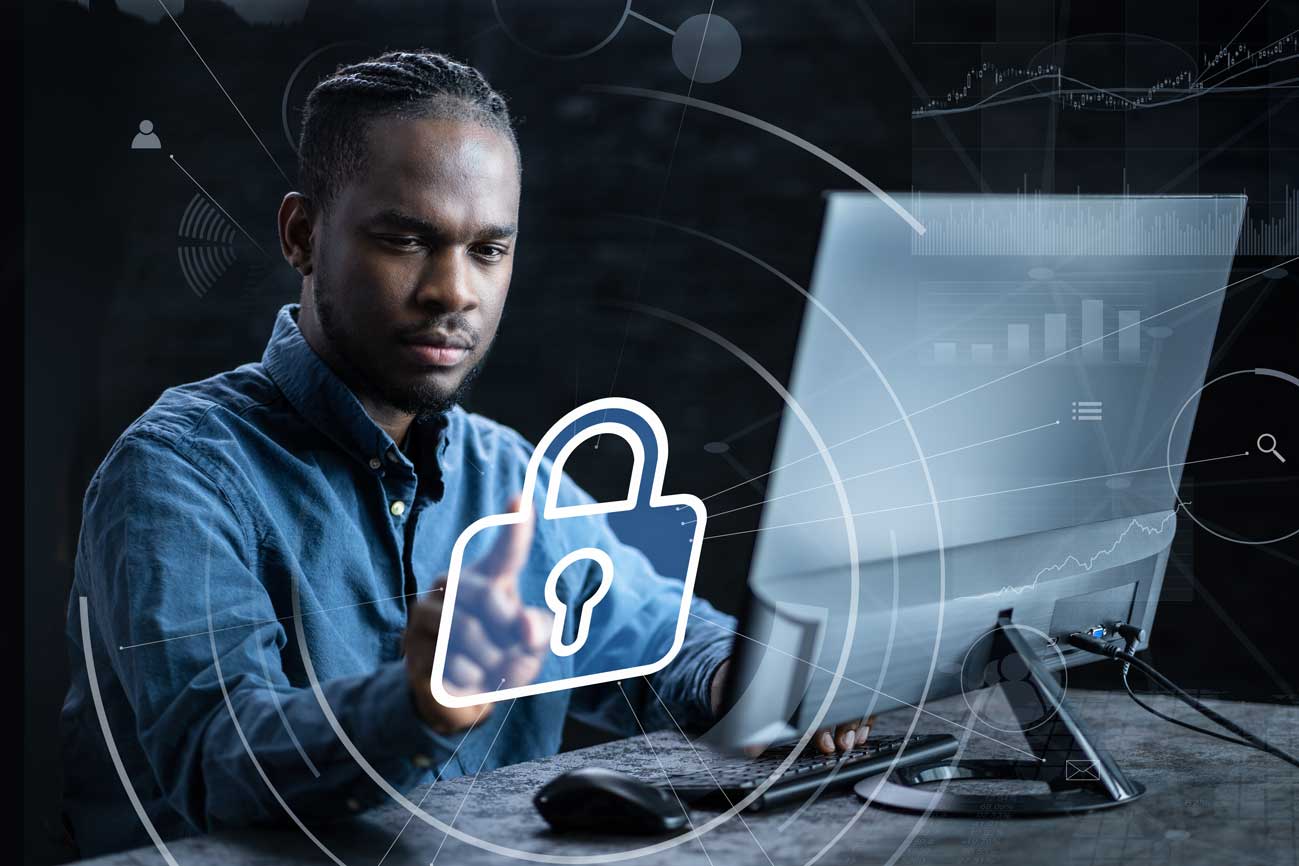Ten Tips To Keep Your Business Cybersafe
Sponsored content from JPMorgan Chase & Co.
A cybersecurity breach can present significant threats to your business. No matter the size of your organization, it’s important to take cybersecurity seriously. Your data is your company’s most important asset, and you need to keep your digital operations safe. Most businesses also rely on external partners and vendors, which can introduce cybersecurity risks that must be carefully managed.
Whether you’re a seasoned business leader or just beginning to prioritize cybersecurity measures within your organization, it’s important to equip your company with the knowledge and tools necessary to enhance cyber-readiness. These tips and best practices may help protect your organization in an ever-evolving threat landscape.
- Create Guidelines To Access Your Data
Businesses should develop protocols for responsible use of technology resources within their organization. Users should only have access to the data they need to do their jobs, and should avoid accessing, sharing or disclosing sensitive information without proper authorization. - Keep An Eye On Your Data
Internal control best practices can include classifying data based on sensitivity (e.g., public, internal, confidential), regular auditing and monitoring, employee training, building an incident response plan, completing data backup and recovery, instituting third-party vendor assessments, making regular updates and disposal of data. - Manage Your Network
Protect your network across traditional data centers, your cloud or other vendor-hosted environments. A secure and well-managed network reduces the risk of cyber threats, enhances productivity, and contributes to customer trust and satisfaction. Require strong, unique passwords and multi-factor authentication for all network users, regularly update and patch systems and complete regular security audits and assessments.
- Maintain Business Continuity
Implement backup and disaster recovery plans to ensure business continuity in case of a breach or cyberattack. Test data recovery procedures and processes, and develop robust incident response and business continuity plans to allow for swift recovery. - Protect Your Data With Encryptions
Encryption can help protect data from unauthorized access in transit (when it’s being transmitted over networks) and at rest (when stored on servers or devices). This involves using technologies such as Transport Layer Security (TLS) and Secure Sockets Layer (SSL) to encrypt communications between servers, applications, users and systemsEnsure appropriate controls where encryption keys are stored, managed and accessed. - Create Backup Plans
Incident management helps to address and manage security incidents, breaches and other disruptive events that can impact your organization’s ability to deliver services and products effectively. - Identify Vulnerable Areas
Find security threats and vulnerabilities early to help reduce the risk of data breaches, financial losses, operational disruptions and customer dissatisfaction. Many industries have legal and regulatory requirements mandating incident response preparedness and reporting.
- Ensure Your Business Objectives Are Aligned
Outline goals and key performance indicators you want to align with your business objectives. Effective logging and monitoring help you maintain the reliability, security and performance of your services and products. - Consistently Log And Monitor
Continue to observe your systems, applications and networks to ensure they operate efficiently, securely and reliably. Identify problems before they impact users, which allows for proactive resolution, reduced downtime and fewer service disruptions. Consistent logs also aid in investigating security incidents and ensuring compliance with data protection laws.
- Test Your Applications In A Separate Environment
By developing and training your applications in a test environment, you can work out any bugs in a safe environment to help minimize security risks. Creating a secure and efficient work environment minimizes distractions and misuse of resources.
Stay Cybersafe
Cybersecurity should be considered a top priority for your business. These cyber-safe steps are aimed to help small businesses address security gaps, to serve their clients and customers more securely. You can learn more about JPMorganChase’s Global Supplier Diversity program at jpmorganchase.com/supplierdiversity















